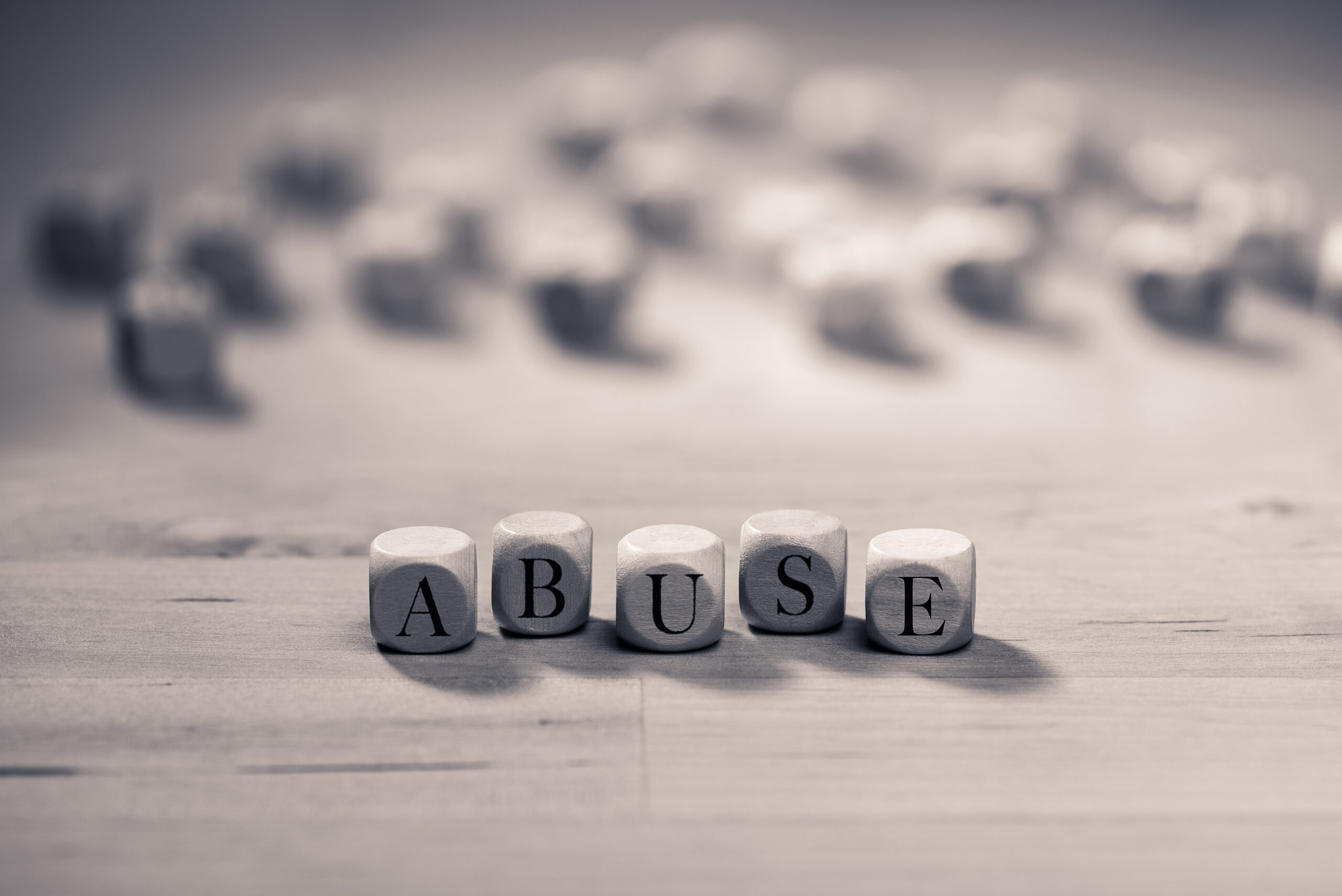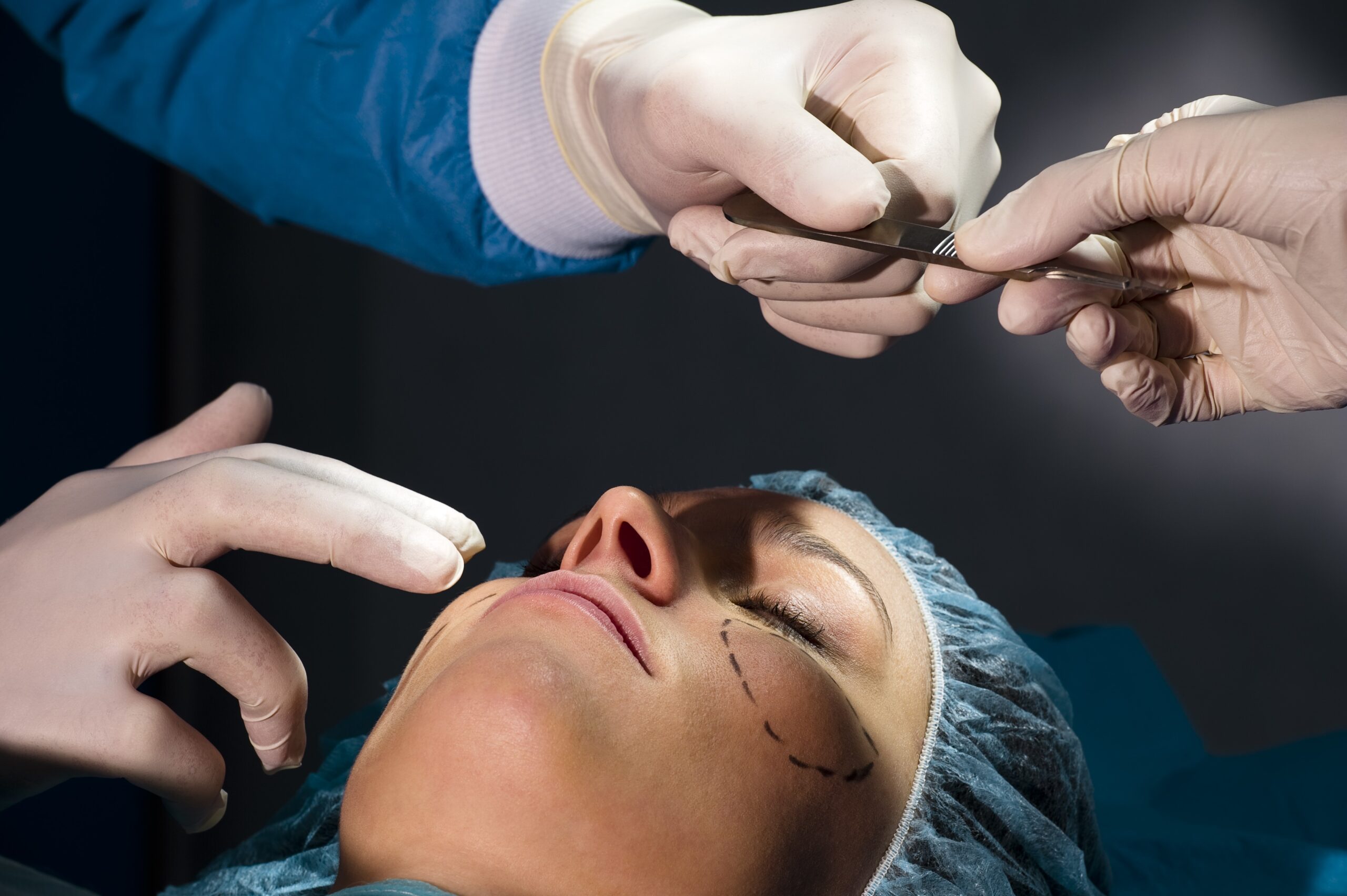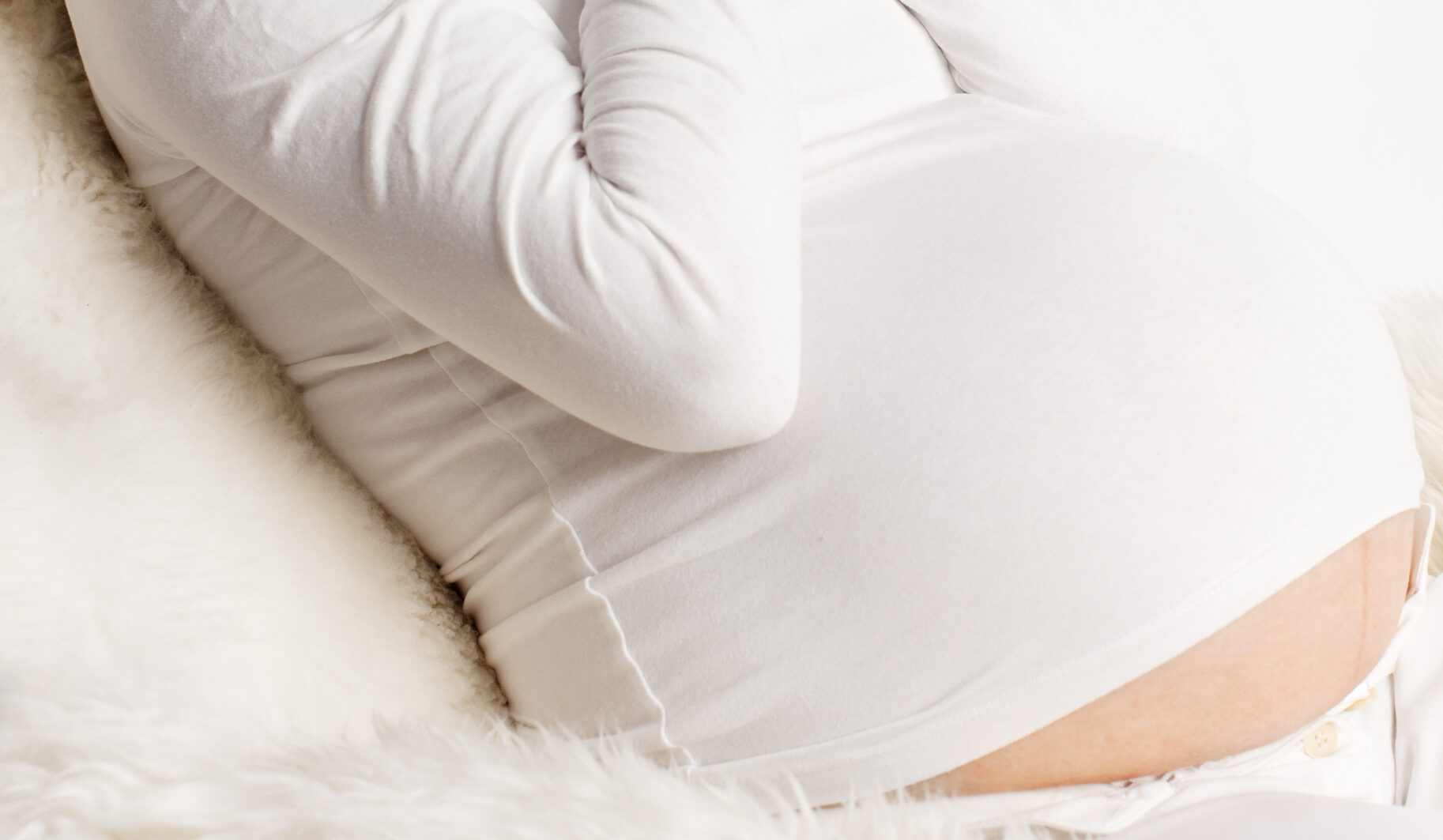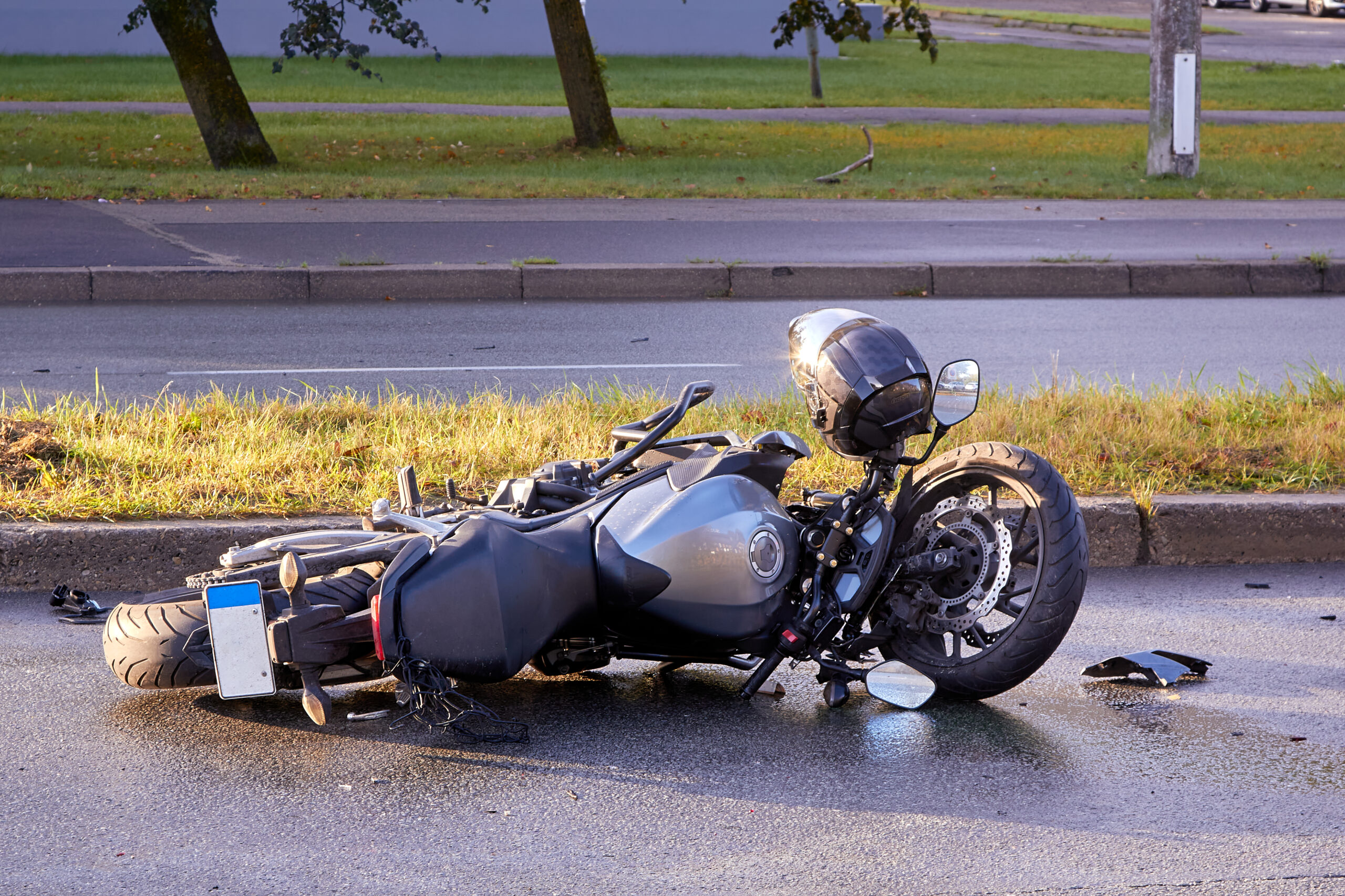Trigger warning: This item contains explicit references to subject matter and material that may be traumatising or upsetting. Reader discretion is advised.
Our hearts reach out to the families involved, the school and the entire community of Devonport after the devastating accident last week resulting in the death of 6 children and the serious injury to 3 others. Whist the physical injuries will stay with the victims for ever, the psychological impact on witnesses, fellow students, teachers and first responders will echo in the community for a very long time.
We have spoken with Julie Amour, an expert in work, health and safety often used by our firm to support our clients in similar cases. Julie has given her informed view of the history of risk associated with inflatable amusement devices and the issues which will need to be worked through to get to the bottom of what happened and the various recommendations at a Coronial level which will need to be made to ensure something like this does not happen again in a state-run educational facility.
“There have been Australian standards related to General amusement device design manufacture, operation & maintenance since the 1990s which have been used in conjunction with state-based regulation for amusement devices. The aim of these standards is to protect against these types of incidents when they involve a commercial operation or for commercial purposes but more recently many organisations have purchased such devices to use privately.
Land borne inflatable devices such as the jumping castles have their own specific Australian standards since 2005 which were updated in 2018. These specifically cover requirements for anchorage with example of calculations of required anchorage. The anchorage system should be considered in its entirety (i.e. ground conditions, stake, rope, rope angle, connections, attachment to inflatable and, number and placement of the anchorages). The manufacturers of each specific device will also provide information related to risks of the specific device. These also would include the types of surfaces they should be used on and weather conditions they can be used in. They also stipulate anchorage requirements for normal use and the conditions which would preclude or require use to cease i.e. wind gusts over 40 km/hr or above the manufacturer’s guidelines. Some inflatables do require registration but this is based on if it is for commercial use, the height of the jumping platform above the ground and whether they are continuously blown or inflated (i.e. require a continuous supply of air pressure to maintain shape).
Having said that, although these devices are used every frequently in Australia for many different types of events their use has not been without risk. There have been previous fatalities related to inadequate anchorage both in Australia & also throughout the world. There have been many incidents related to use of these devices with some of these related to inadequate anchorage of the device. In the US, the Consumer Product Safety Commission reported more than 18800 injuries in 2012 as a result of such inflatables. Also in the US, there have been incidents in New York in 2014 where two boys were injured after falling 6 m & in Fort Lauderdale where 3 children were injured as result of the wind lifting the inflatables. In the latter example it was actually a tornado with 3 children inside. Although dramatic, mostly injuries do not occur from anchorage related issues but from children falling inside the castles and fracturing arms or legs when colliding with other children.
It has been suggested in the US that half of all injuries occur in commercial inflatables as opposed to those owned and used privately at home. This increase in injuries was found in a US Paediatric study from 1990-2010 to have similarities to the increase in injuries seen in trampoline related injuries in the same period in children. It was suggested that when compared with other types of injuries rates to trampolines or playground equipment that the numbers of annual injuries were much less. It has been indicated that the use of these devices in homes or even when purchased and used by organisations rather than hiring them to be set up &/or operated by third parties has contributed to higher rates of injuries as the devices involved often don’t meet and are not operated in line with required standards. An example of this was in 2017 when a child was injured in Queensland when a jumping castle became airborne. A sudden gust of wind lifted the front of the device whilst it was secured at the back to a fence. It had been set up incorrectly on netball court and only secured on one side.
A similar incident occurred in Qld in 2016 when a three-year-old fell to the ground when an inflatable device was blown into the air. In the 4-5 years prior to these incidents Workplace Health and Safety Queensland (WHSQ) had been notified of 12 incidents involving inflatable amusement devices, 10 of which resulted in serious injury requiring hospitalisation or treatment. Types of injuries sustained include broken legs, lacerations, dislocations, twisted ankles and backs, and electric shock. So there are some risks but is depends how the device was set up and operated as to its level of safety. This is something the investigators will need to determine in the current Tasmanian case.”
The circumstances in this case are unknown so it is important to allow the investigators the time needed to thoroughly determine how this tragedy occurred so it can be better prevented in the future.










